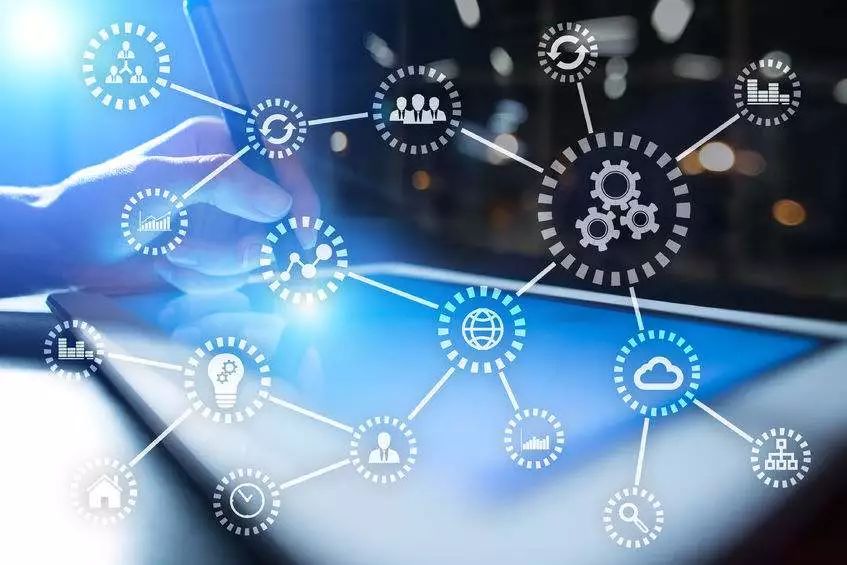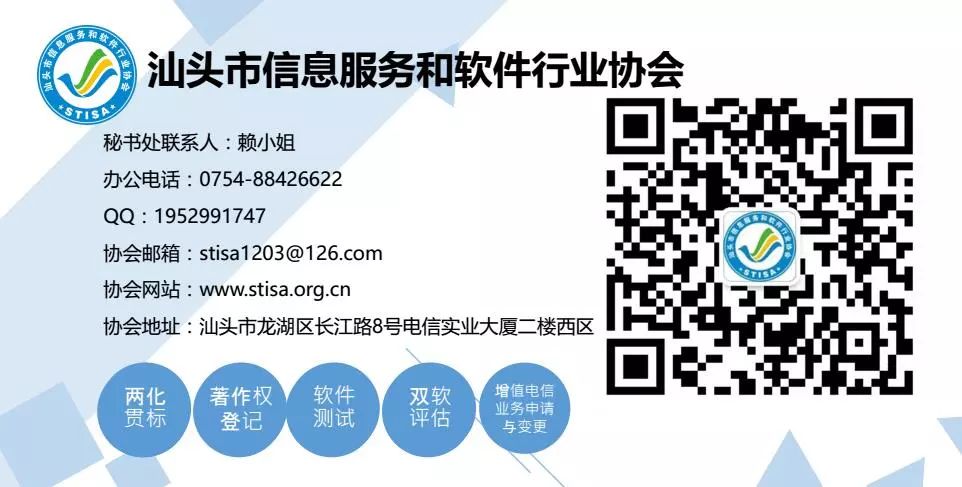
It is reported that 80% of people cannot distinguish between sensor networks and the Internet of Things. What are the specific differences between the two? What Is The Internet of Things? The original concept of the Internet of Things was proposed in the United States, connecting all objects through Internet of Things domains for information exchange and communication to achieve intelligent identification, positioning, tracking, and so on. Of course, the official definition of the Internet of Things is: it is a process based on the Internet that enables communication between non-communicable objects, referred to as the Internet of Things (IoT). Principles of The Internet of Things The Internet of Things is built on the foundation of the computer Internet, utilizing technologies such as RFID and wireless data communication to create an “Internet of Things” that covers all things in the world. In this network, items (goods) can “communicate” with each other without human intervention. Essentially, it uses radio frequency automatic identification (RFID) technology to achieve automatic identification of items (goods) and the interconnection and sharing of information through the computer Internet. The emergence of the concept of the Internet of Things has broken traditional thinking. The past approach was to separate physical infrastructure from IT infrastructure: on one hand were airports, highways, and buildings, while on the other hand were data centers, personal computers, and broadband. In the era of the Internet of Things, reinforced concrete and cables will be integrated with chips and broadband into a unified infrastructure. In this sense, infrastructure resembles a new construction site for the Earth, where the world’s operations take place, including economic management, production operations, social management, and even personal life. Characteristics of The Internet of Things Firstly, comprehensive perception, which uses RFID, sensors, QR codes, etc., to obtain information about objects anytime and anywhere; Secondly, reliable transmission, which integrates various telecommunications networks and the Internet to transmit information about objects in real-time and accurately; Thirdly, intelligent processing, which utilizes cloud computing, fuzzy recognition, and various intelligent computing technologies to analyze and process massive data and information, implementing intelligent control of objects. Application Areas of The Internet of Things The Internet of Things has a wide range of applications, involving intelligent transportation, environmental protection, government work, public safety, safe homes, intelligent fire protection, industrial monitoring, environmental monitoring, streetlight management, landscape lighting management, building lighting management, square lighting management, elderly care, personal health, flower cultivation, water system monitoring, food traceability, enemy reconnaissance, and intelligence collection, among others. The three main elements of a sensor network: sensors, perceived objects, and observers. Key Technologies and Characteristics of Sensor Networks Key technologies of WSN: network topology control, network protocols, network security, time synchronization, positioning technology, data fusion, data management, wireless communication technology, embedded operating systems, application layer technology. Characteristics: large-scale networks, self-organizing networks, dynamic networks, reliable networks, application-related networks, data-centric networks. Main Application Areas of Sensor Networks Military applications, environmental observation and forecasting systems, medical care, smart homes, building status monitoring, and other applications (such as space exploration, smart dust, etc.). Differences Between Sensor Networks and The Internet of Things 1. From a Broad Perspective The Internet of Things and sensor networks have fundamentally the same components and are different expressions of the same thing. The Internet of Things is closer to the essential attributes of “things,” emphasizing that information technology and devices provide higher-level application services for “things”; while sensor networks (sensor networks) are objective descriptions from the perspective of technology and devices, where the elements of devices and technology are more apparent. For example, a sensor network is the formal name, while the Internet of Things is the colloquial name; or we can say the sensor network is the full name, and the Internet of Things is the nickname. 2. From the Perspective of Industry and Users It is called the Internet of Things: from a technological support perspective, it is called a sensor network. The Internet of Things and sensor networks are the same thing, and their essence is the sensing sensor network.
